5 Tips for Leading a Hybrid Workforce
Performance, productivity, and … proximity bias? Leaders navigating hybrid work environments have new risks to watch for when trying to level up their leadership skills. We’re two-plus years into the ever-changing COVID era, and employers and employees alike are wondering what the future of work will look like. “Employees are happier and more productive when they
Four Tips to Snuff Out Burnout
The post-pandemic rise of employee burnout should have savvy leaders taking these preventative steps to protect themselves and their teams. An increasing rate of employee burnout is among the far-reaching consequences of the global pandemic we’ve been weathering. According to the most recent Future of Benefits Pulse Survey from The Hartford, 61 percent of workers said
Use a 360-Degree Approach to Get Feedback on Leading Change
By Jon Lokhorst, CPA, PCC Leading change has always been a high-risk, high-reward proposition. That’s become even more true throughout the significant, unplanned change of the COVID pandemic. This rapid, constant change also makes it difficult for leaders to gauge their effectiveness, especially when many of their team members are working remotely. The best leaders address this
How to Prevent Turnover When Introducing Your New Normal
Using empathy, clear communication, and careful planning is key to retaining star employees when reopening the office. The World Health Organization’s declaration of the global COVID-19 pandemic in March of 2020 triggered a sudden and involuntary shift to remote work. As often happens in a crisis, this inspired a can-do spirit. Employers and employees alike adapted
Flexibility and the workplace of the future: What does that mean?
On Wednesday, March 11, 2020, the World Health Organization declared the rapidly spreading coronavirus a global pandemic. Within days, employers across the world sent workers home to work remotely. Soon after that, a Gartner survey of top executives showed that roughly half of their organizations had more than 80 percent of their employees working from
How to Make the Business Case for Change
McKinsey & Company’s research suggests that 70 percent of change efforts fall short of their objectives or fail altogether. That creates a challenge for you as a leader to obtain approval for change initiatives when you are not the ultimate decision-maker. Increase the likelihood of getting approval from your superiors by making a strong business case
Leading Change with Emotional Intelligence
Emotional intelligence (EQ) is a primary driver of leadership effectiveness. Numerous research studies identify EQ as more important than technical skills, industry knowledge, and other factors that set apart top-performing leaders. EQ expert Daniel Goleman credits emotional intelligence for 90% of the difference between star performers and average ones in senior leadership roles. EQ is essential
Lessons on Change from a Night at the Airport
It’s inevitable. It happens at virtually every airport, every day, across the world. Flights are delayed or canceled. Sometimes, it’s weather-related. At other times, maintenance issues, crew schedules, or other logistics are to blame. No matter the cause, the response from the flying public is fun to watch as I did on a recent business trip.
Employee Engagement and Successful Change
Employee engagement is a crucial driver of several positive business outcomes, such as productivity, employee retention, customer satisfaction, and profitability. What’s often overlooked is the importance of employee engagement in driving successful change. Research by Anna University management professors C. Swarnalatha and T. Prasanna discovered a vital link between the two. The Gallup organization has studied
How to Build Trust-Filled Relationships in Fast-Changing Environments
Tom is the HR Director for a large healthcare organization. Like others in his field, Tom has been charged with increasing employee engagement and retention. For several months, he and his team have been working behind closed doors on a new employee appreciation and recognition program. Tom’s team borrowed an idea from their health insurance company












